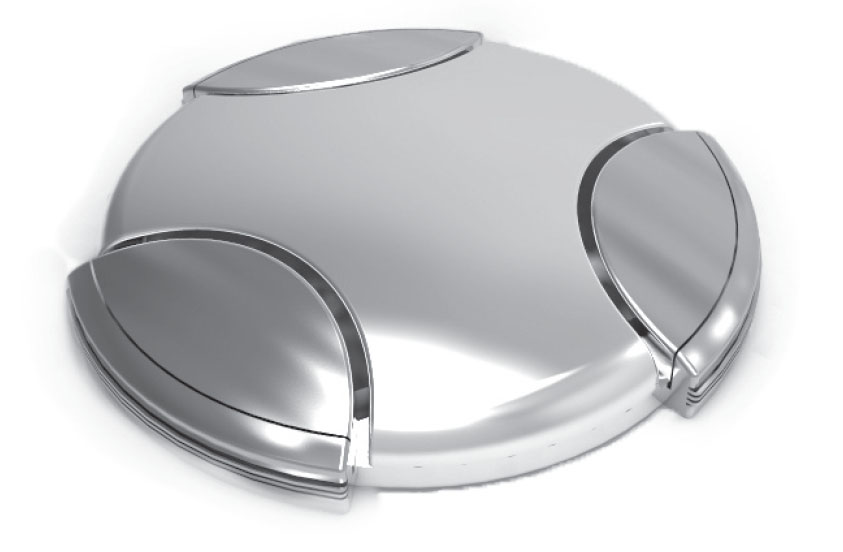
Conceptual prototype developed by Modern Edge with Patrick Chiang (copyright 2014). Example of Threadcasting for use cases described in article (Proximity, Push, Gestural, Interconnected). Source Modern Edge
Modern Edge recently completed a research program with OSU in wearables. To download the full white paper on the Paradigm Shift in Wearables click Threadcasting.
ABSTRACT
Wearable technologies were originally envisioned as embedded electronics in consumer apparel, but instead developed into standalone accessories for health and fitness tracking, communication, and productivity. Based on secondary and primary research conducted by Oregon State University and Modern Edge, we see wearables going back into apparel at significant consumer scale. Catalysts for the shift include improved battery chemistries; smaller, lighter, less expensive components; a shared ecosystem with other internet-of-things nodes; improved wireless networking protocols; as well as strategic business cases driven by the apparel industry. Apparel and textiles are moving from the early adoption model to one that’s more mature, scalable, and invisible to the user. In this next stage, wearable technology will be designed into garments such that their function and experience is in line with consumer experience typical of clothing makers. We have highlighted four preliminary use cases illustrating our initial efforts into integrating social interaction and apparel. Our efforts are to provide a strategic framework into this space showing the possibilities for future developers in industries such as health care, apparel and social interaction, but they are not conclusive. The proof of concept shown is intended to demonstrate the paradigm shift to enhanced social communication.
To read and download the full white paper, click Threadcasting.
